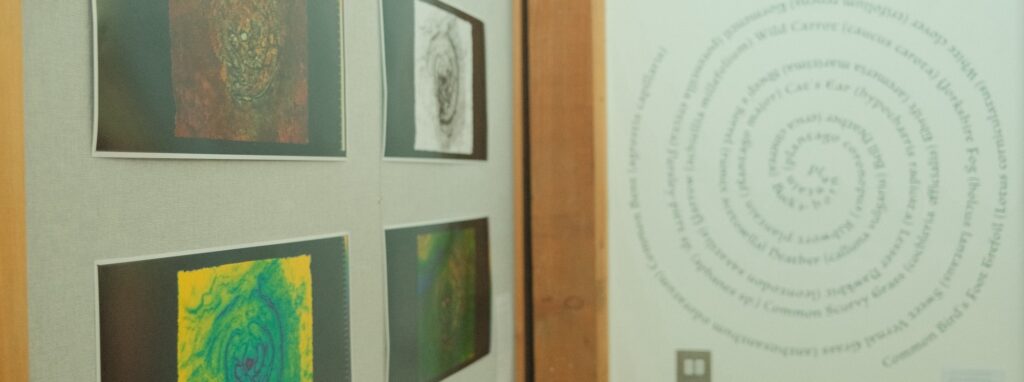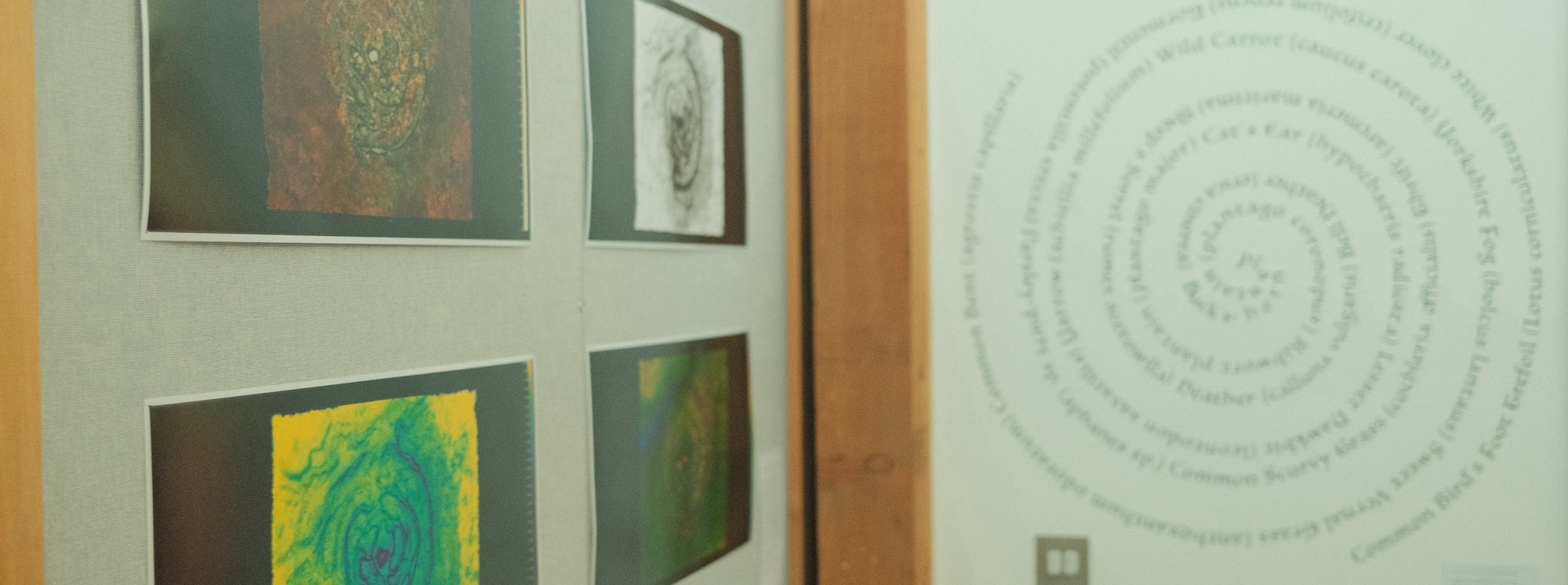Last year (2024) when working for the Cornwall Archaeological Unit’s Porths and Gigs of the Isles of Scilly project I was introduced to one of the project volunteers, the artist Teän Roberts. Tëan was being trained in plane table surveying and had bravely offered to wade into some of the shallow waters with a survey staff. I opted to stay dry and was completing a photogrammetric survey of Porth Askin on the island of St Agnes, one of the Isles of Scilly 45km south-west off the coast of Cornwall. Tëan and partner Layan Harman were planning to apply for funding to work on a project about the labyrinths on the Isles of Scilly and at the time it was at an early stage.
They contacted me in March (2025) to let me know that their project was successful and had won an Arts Council England (ACE) grant to make Vanishing Labyrinths of the Isles of Scilly a reality. Would I be available to 3D scan a turf labyrinth called the Giants Castle Maze? Absolutely.
I visited St Marys, the largest island of the Isles of Scilly, in mid April. There’s always a thrill about flying to a job, made all the more ‘exciting’ by the constant threat of a flight being cancelled due to the weather which can change in a heartbeat. Luckily the flight from Land’s End Airport went ahead as scheduled and Tehmina and I arrived on the island by 9am. Tëan and Layan met us and whilst the sky was heavy and dark, there wasn’t much in the way of rain. We had a quick coffee and set off to the site, which was just off the edge of the airport runway. This meant that we had to head away from the airport and then follow the coast path to backtrack. It’s the only public footpath that I know of which crosses a runway and has alarms and lights to warn of incoming aeroplanes!
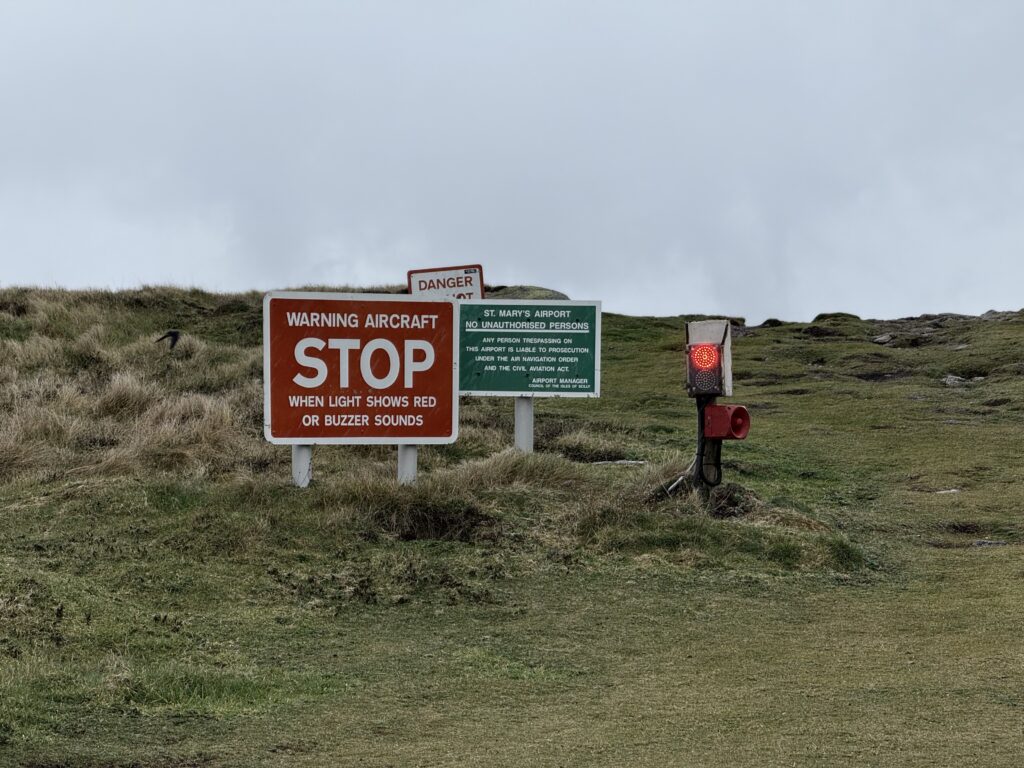
At this stage, it was starting to rain. Just a bit, here and there. As I was to be using both phone-based LiDAR and photogrammetry, I was a little anxious to get started before the rain really came in off the Atlantic.
After the safety light went green and the alarm had stopped, we crossed the runway and minutes later were at the Giants Castle Maze. And the rain had set in.
The maze had seen better days. It was so covered with turf and heather that it was very difficult to see. Had we not been shown the site, I’m not sure that we would have noticed it if we were walking the coast path which now literally cuts through part of the site. It is not a Scheduled Ancient Monument, and permission had been granted by the Isles of Scilly authorities (Council and Wildlife Trust) to excavate and restore the maze to ‘working order’ as a major part of the Vanishing Labyrinths project.
We were all wearing wet weather gear, so it was time to improvise to keep the equipment as dry as possible and collect enough useful data to create a 3D model of the maze. Having worked on Scilly many times before I had brought with me a ‘sacrificial umbrella’. Sacrificial in that it was a very cheap umbrella bought knowing that it would be ripped to pieces by the wind very quickly, but would hopefully buy me some time to get the job done.
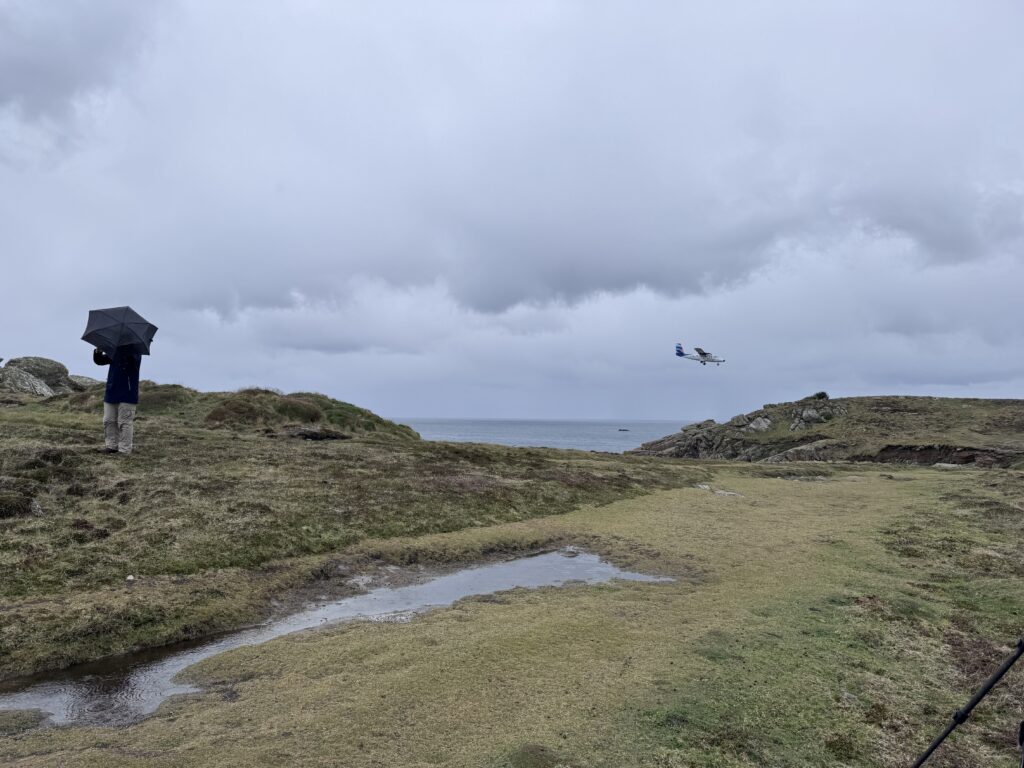
In a lull between the rain I was able to complete a LiDAR survey of the maze. I used Polycam and an iPhone 16 Pro Max in LiDAR mode to very rapidly capture a centimetric-level model of the maze. This type of survey although it uses LiDAR, doesn’t penetrate through the turfs and vegetation covering the site; this survey was designed with that in mind, and we were only capturing a 3D model of the site as it stood, plants and all. Capturing the pathways created through the turfs and heathers created by decades of feet was as important to this project as the position of the underlying stones that were used to create it.
To capture more information, I used my trusty mirrorless camera and an 18mm lens to take over 300 photos of the site. I also took a backup set using my iPhone Pro set to shoot at 48 megapixels. This was where the umbrella became essential as it was by then, to use a technical term, lashing it down. Very soon the umbrella was nearly folded in half and definitely very broken. But it still provided enough shelter to keep rain and spray off the camera lens. It had done its job.
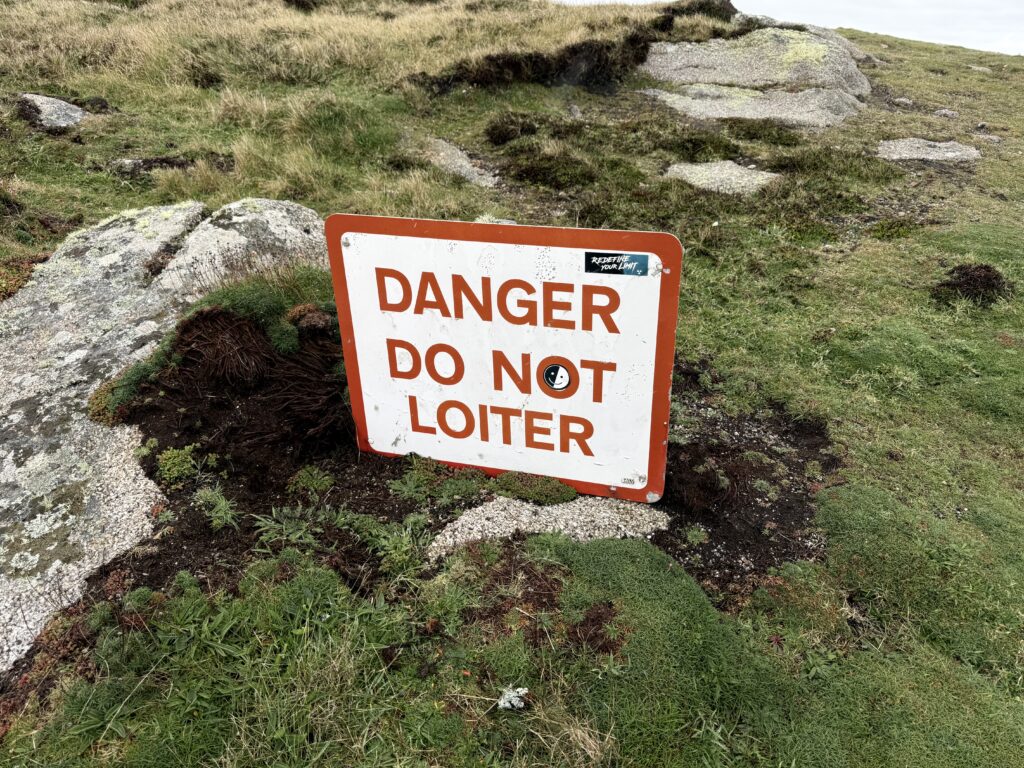
After Tehmina examined the maze’s central stone to get an idea of its geological composition (probably abraded chert, not quartz) Layan interviewed us whilst we crouched behind the overgrown walls of clifftop ruin. The footage, shown in a film at their exhibition this summer, shows just how wet and rainy it was. But it was great to talk about the technology used in the survey, how it worked, and some thoughts on the meaning and purpose of historic and Classical labyrinths, in a very atmospheric setting next to a real maze.
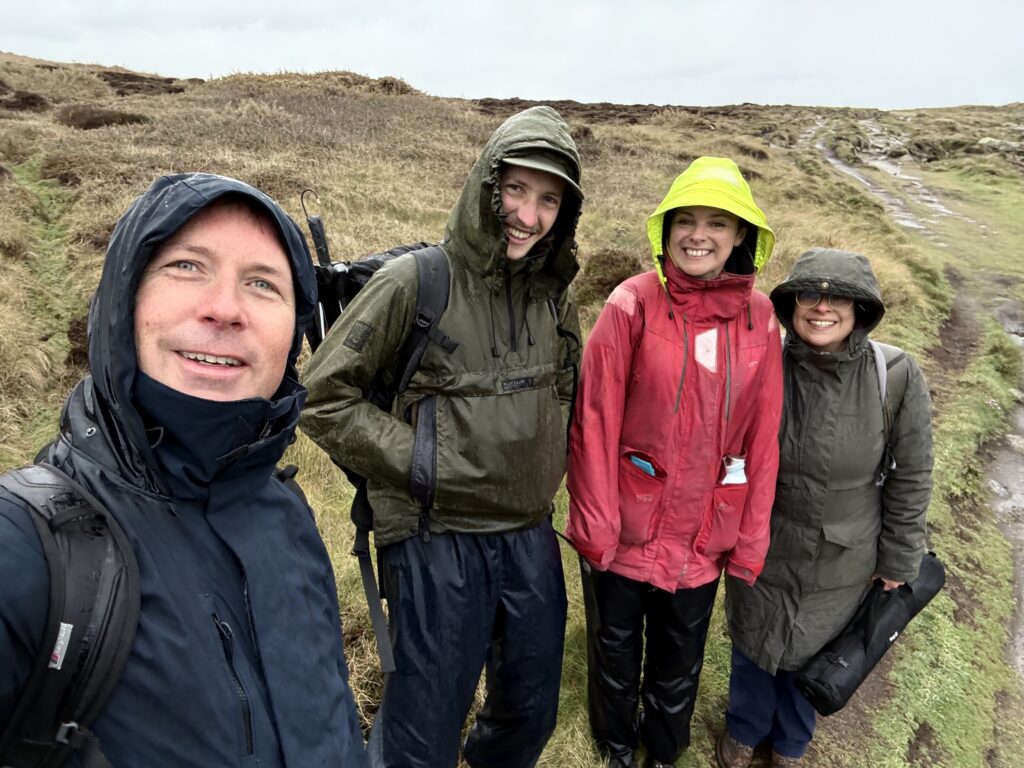
We returned to Cornwall on the Scillonian III ferry, a three hour sailing over some fairly rough seas, and felt like it was a job well done.
The next day I began to process the data, creating the 3D models and enhancing the layout of the maze to show more clearly its current layout. I used vibrant colour schemes to show the difference in height across the site so that everything was as clear as possible. I also created some animations of the 3D maze leaving some of the filters applied to it, so that what is normally a piece of analytical imagery not usually for public consumption could be seen in all its glory. I created a number of images which Layan and Tëan might find useful. They were described as “almost psychedelic” which I have taken as a great compliment!
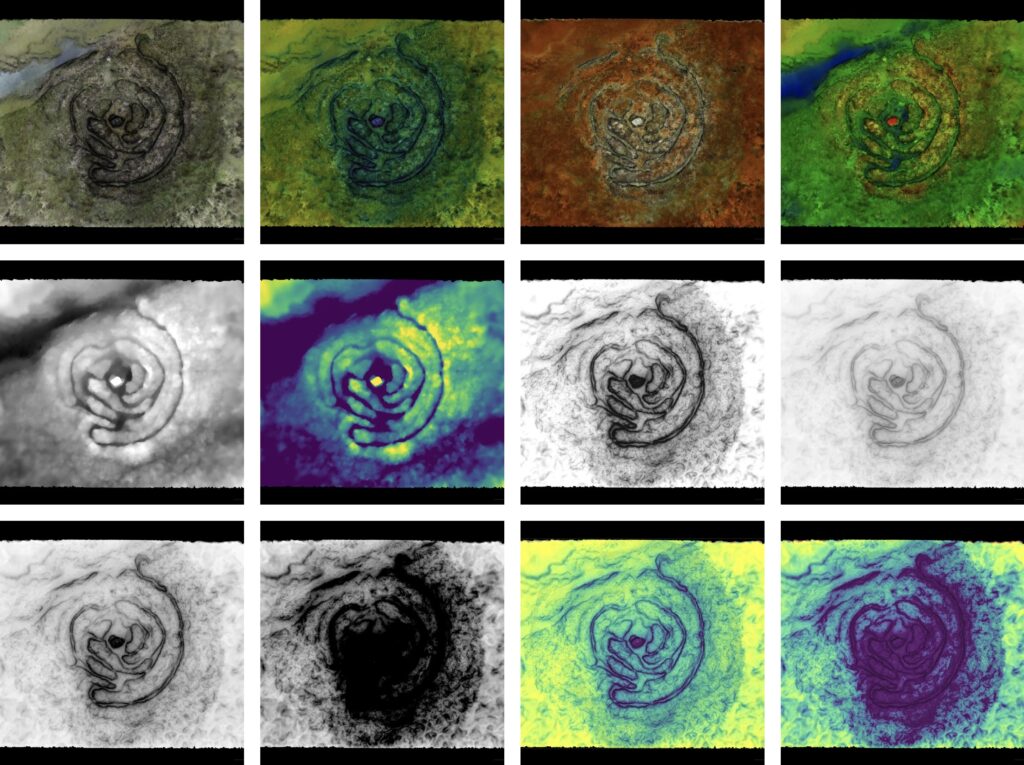
My survey helped to inform the excavation and the subsequent reconstruction of the maze under the supervision of Isles of Scilly archaeologist Dr Katherine Sawyer. The team also did the right thing and sought permission from the national Maze and Labyrinth Planning Department…
Tëan and Layan’s continued research led them to a wonderful discovery. After months of work to uncover the earliest references to the maze they found out that it was constructed in one day in 1952 by two siblings, David and Helen, aged eleven and thirteen. And even better, they are still alive and have given suggestions on how the labyrinth might be reconstructed. That’s a first for me. Wonderful!
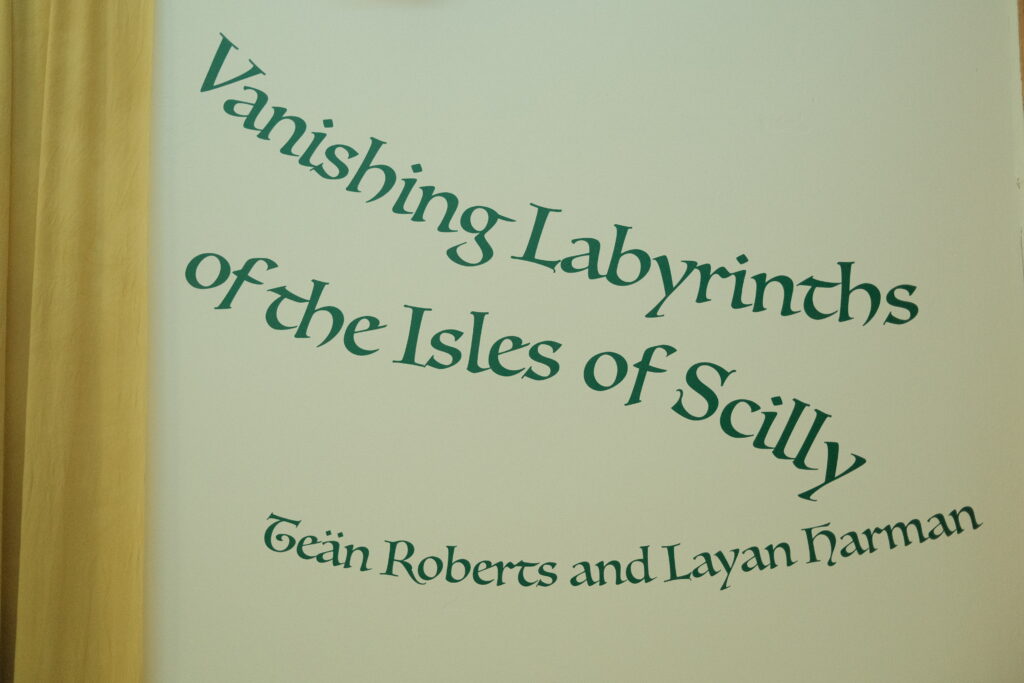
I returned to Scilly at the end of September 2025 to visit the Vanishing Labyrinths exhibition on St Agnes, the island home to the famous Troy Town maze. Tëan greeted me and one of the first things I noticed was the sound of my own voice emanating from inside the St Agnes Island Hall. My interview and survey data were playing on a large projector as part of a fascinating film documenting the project (soon to be posted online). I don’t much like the sound of my own voice, but at least I hope some people find what I was saying to be interesting.
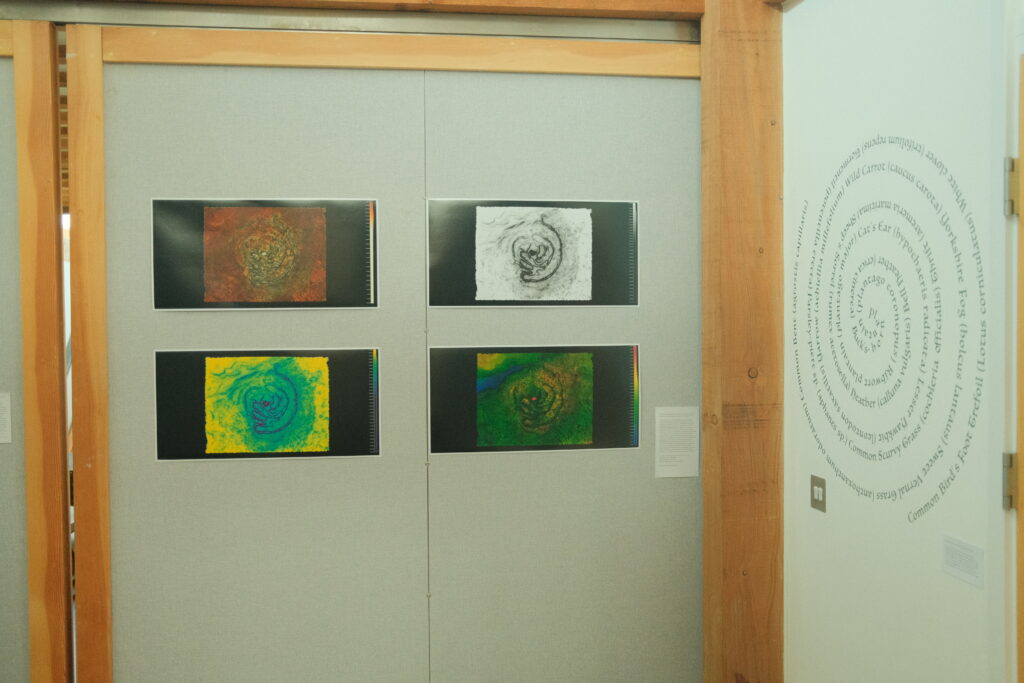
The rest of the exhibition explored the other labyrinths of the Isles of Scilly. There was a labyrinth on most of the inhabited islands, as well as showcasing the artistic responses created by Tëan and Layan whose imaginations know no bounds.
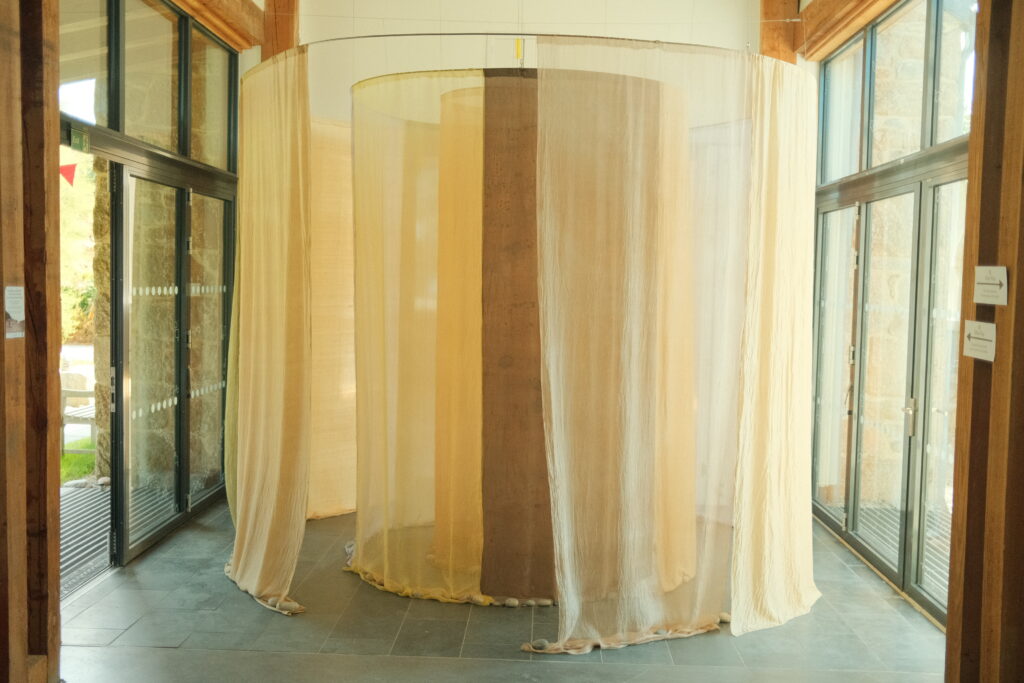
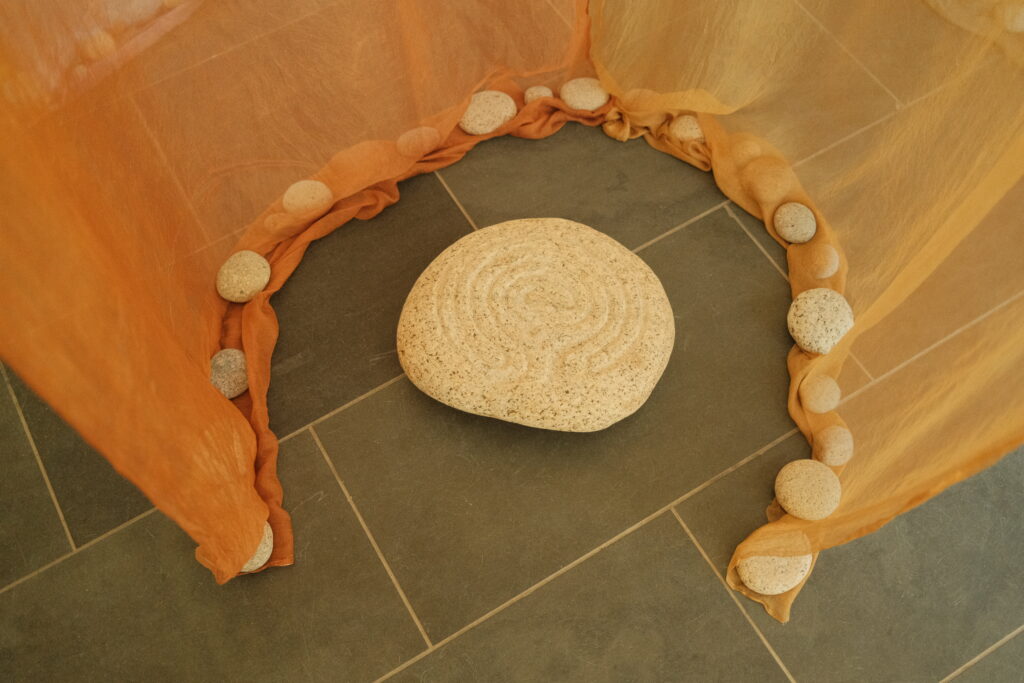
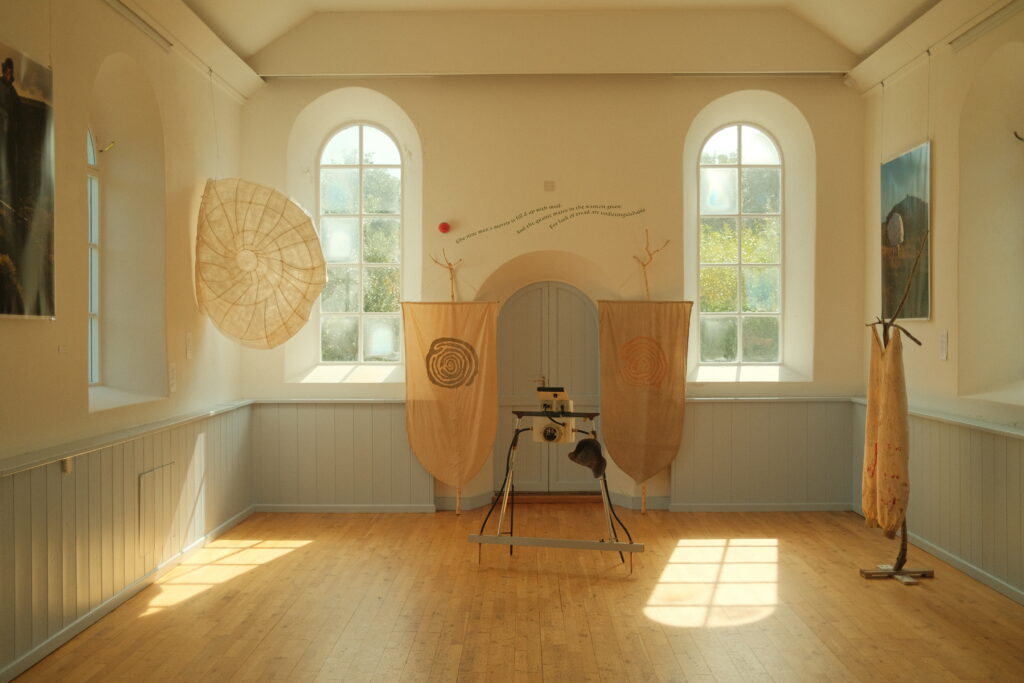
It was an absolute pleasure to be involved in such a creative project. It was firmly grounded in research and guided by a strong sensitivity to the unique sense of place of the Isles of Scilly.
Visit the Vanishing Labyrinths of the Isles of Scilly website to explore the project further, learn more about the different labyrinths on the islands, and to see more of Tëan and Layan’s superb artwork and how it all came about.
